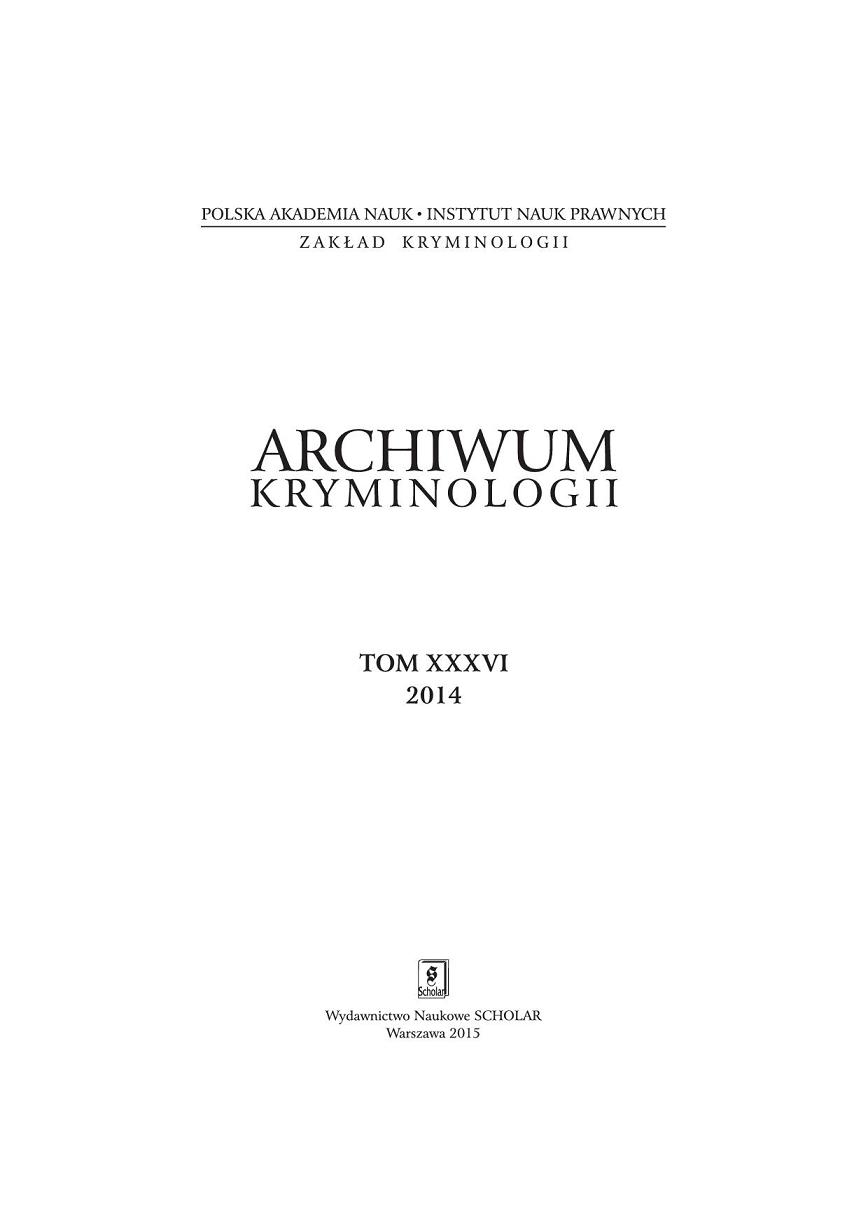Kobietobójstwo - kryminologiczna charakterystyka zjawiska
A Criminological Description of Femicide
Author(s): Magdalena GrzybSubject(s): Law, Constitution, Jurisprudence
Published by: Instytut Nauk Prawnych PAN
Keywords: femicide; criminology;
Summary/Abstract: The Polish word for “femicide”, kobietobójstwo, is a composite of two concepts and words, viz. the English word femicide and feminicidio, a term used in the Spanish-speaking world. Femicide was initially a gender-neutral term and essentially referred to the killing of any woman regardless of circumstances, i.e. it did not need to be related to the social and cultural gender role of women or be driven by misogyny or contempt for the female condition. There is an ongoing debate as to whether the term “femicide” denotes any instance of a woman being killed or whether it should be limited to cases where the perpetrator is a man and/or where being a woman is a contributing factor. As the term “femicide” was introduced into academic discourse by feminists in the 20th century, it would seem obvious that the connection between a woman’s death and her sex and status is a fundamental component of the concept of femicide in a given community. Feminists proposed the term as an alternative to the neutral “homicide”, so as to emphasize the hateful and/or misogynistic nature of certain killings of women. Femicide was meant to be an example of a hate crime. Structural inequality and the inferior social standing of women are salient factors in any analysis of the cultural phenomena and practices that can be classified as femicidal. Femicide is not so much a separate manifestation of gender-related violence as an extreme one. It is a reproductive mechanism of the oppression of women and takes the form of various practices. As with all violence against women, femicide is deeply rooted in the historically unequal relations between the sexes and the systematic discrimination against women. Femicide should therefore be defined as the killing of women because they are women, but not necessarily by men. This definition is close to the views that Rashida Manjoo, the UN Special Rapporteur on Violence Against Women, expressed in her report of May 2012. Manjoo enumerates femicidal practices that she refers to as “gender-related killings of women.” The list includes both intentional (direct) killings of women committed by specific perpetrators and practices that indirectly cause women to die because they are women. These practices stem from the unequal relations between men and women and the oppression of women. Femicide, then, denotes both murder and manslaughter. It could be said that in international and feminist discourse, femicide is regarded as a set of cultural practices with a common denominator around the world, viz. they all cause women to die because they are women. These practices are not limited to voluntary and involuntary killings of women, but include practices that often cause women to die because of their social and cultural conditions.
Journal: Archiwum Kryminologii
- Issue Year: 2014
- Issue No: XXXVI
- Page Range: 75-108
- Page Count: 75

